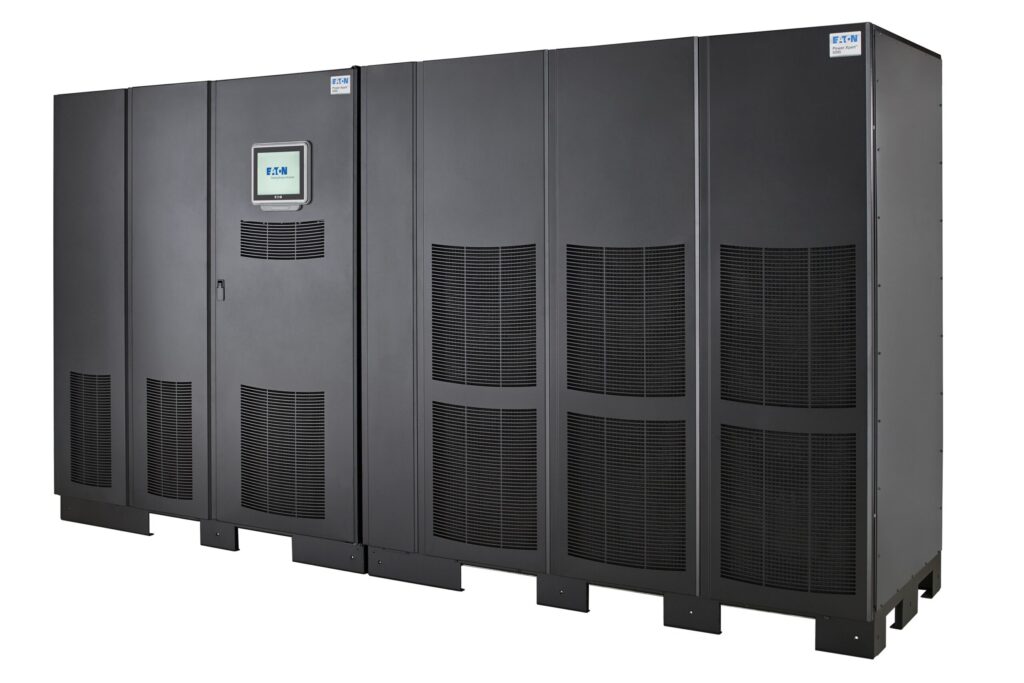The structure of an Uninterruptible Power Supply (UPS) typically consists of several key components that work together to provide continuous and reliable power to connected devices, particularly during power outages or fluctuations. Here’s an overview of the typical structure of a UPS power supply.
- Input Power Source: The UPS receives power from an external source, usually the mains electricity supply from the utility grid. This input power is used to charge the UPS battery and is also passed through the UPS to supply power to connected devices.
- Rectifier/Converter: The rectifier or converter component converts the incoming alternating current (AC) power from the utility grid into direct current (DC) power. This DC power is used to charge the UPS battery and to power the inverter.
- Battery: The UPS battery is a crucial component that stores electrical energy for use during power outages or fluctuations. It is typically a rechargeable battery, commonly sealed lead-acid (SLA) or lithium-ion, capable of providing power for a certain duration depending on the load and capacity of the battery.
- Inverter: The inverter is responsible for converting DC power from the battery or rectifier back into AC power that can be used by connected devices. During normal operation when utility power is available, the inverter may simply pass through the input AC power without conversion. However, in the event of a power outage, the inverter switches to battery power to continue supplying AC power to connected devices.
- Transfer Switch: The transfer switch is a component that automatically switches the power source from the utility grid to the UPS battery when it detects a loss of utility power. This ensures a seamless transition to battery power without interruption to the connected devices.
- Voltage Regulation and Filtering: UPS systems often include voltage regulation and filtering circuits to stabilize the output voltage and filter out any noise or irregularities in the power supply. This helps ensure that connected devices receive clean and consistent power, even during fluctuations in input power.
- Control and Monitoring System: Modern UPS units are equipped with control and monitoring systems that provide various features such as status indicators, alarms for battery level or system faults, and the ability to remotely monitor and manage the UPS.
These components work together to provide uninterrupted and reliable power to connected devices, protecting them from power outages, surges, sags, and other electrical disturbances. The specific design and features of a UPS may vary depending on the intended application, capacity, and manufacturer.


